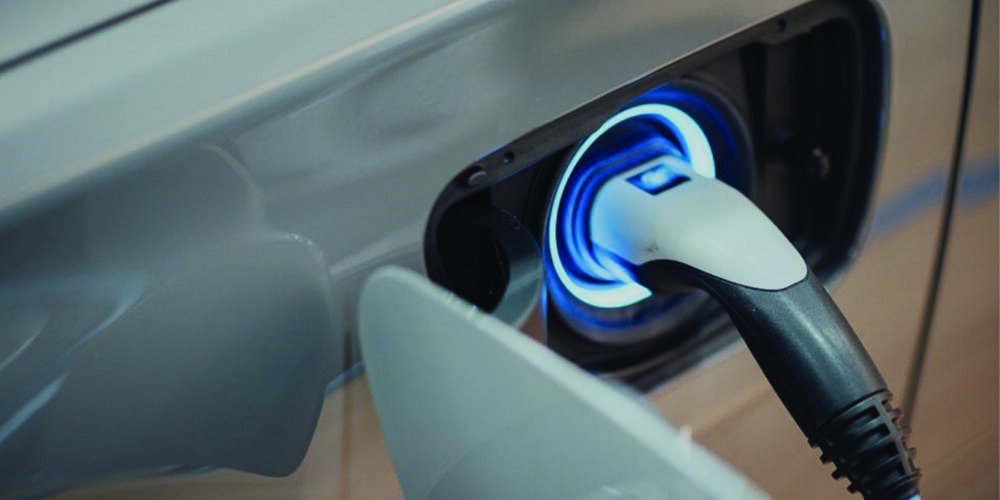Mike Evangelo of Dynamic Motorsports and Rossion Automotive e-mailed me with six questions about brake fluid. I like a challenge, so here are my answers.
1. What are the fundamental differences between synthetic fluid and conventional DOT 3 and 4?
Simple, it all comes down to the base stock. Both synthetic and conventional brake fluids start from the same “polyethylene glycol” stock. But, to make synthetic brake fluid the manufacturer will “synthesize” the original base stock and make the molecules better and more consistent. They could make the chains longer or add other molecules to enhance the performance. Almost every synthetic brake fluid manufacturer does it different.
To the base stock they add the additive package. This is a mixture of anti-corrosion, anti-foaming and other secret chemicals that give the fluid the desired performance characteristics for operation in vehicles.
DOT 5.1 is a high-performance certification (higher temps than DOT 5). To meet the performance criteria, it takes a synthetic or really good conventional base stock.
Silicone is a synthetic substance. But, don’t confuse Dot 5 with synthetic polyethylene glycol-based fluids like DOT 5.1.
2. What is the compatibility between synthetics and conventional DOT 3 and 4 in most vehicles?
Is a complete flush with new rubber a better choice? Is there any chance of seal swelling or disintegration in older vehicles say from the 1930s, 1940s or even in the 1960s?
All DOT 3, 4 and 5.1 brake fluids are compatible with each other and with all systems. All polyethylene glycol-based fluids will not harm healthy rubber parts. Also, the additive packages will not damage or distort any rubber parts. Even if an older rubber part that has a high concentration of natural rubber, they will not be damaged by new DOT rated brake fluids.
What kills rubber parts is when the additive package breaks down. The additive package controls the pH of the fluid and the viscosity. If the brake fluid becomes unable to control the pH or other corrosive elements, the rubber and metal parts will deteriorate over time.
If you have an older vehicle and are worried about boiling the fluid, use DOT 4 or 5.1 brake fluid.
3. Can synthetics be mixed where DOT 5 silicone was used or is it recommended that the rubber be replaced when changing back?
Silicone is an inert substance, this is why it is safe for breast implants. Technically it should not damage the rubber parts.
Polyethylene glycol based fluids (conventional or synthetic) will not mix with silicone fluid (DOT 5). It will lump together somewhere in the system. Also, they will not react when it is mixed. So, if you perform a good flush, the rubber parts and the system should be OK..
4. Now that it is known that copper contamination is the main reason that brake fluids degrade, what property do synthetics have to address this problem?
Copper comes from the copper brazing in the walls of the hard brake lines. copper can be a problem for ABS and some valving. But, it is an indicator of the state of the brake fluid. The more copper that is present, chance are greater that corrosion is happening in the system. When there is corrosion, it is a sign that the brake fluid’s anti-corrosion additives are depleted.
If your base stock and additives are of higher quality, chances are that they will not break down as easily as low-quality ingredients.
5. Compared to conventional fluid what life span can be expected from synthetics?
In my opinion, it is about the same. Synthetic fluid might be able to last a little longer because the fluid can absorb more water before the fluid drops below a critical boiling point. But, it is the additive package and environment that has the greatest impact on life span, no matter what type of base stock.
6. Some have said that they have noted a better pedal feel with synthetic fluids. Is this possible?
Some very high-end synthetic DOT 4 and 5.1 synthetic fluids can give a better pedal. But, it is so small of a difference that only the very, very, very best drivers can feel it. It is mostly in their head.
Some silicone-based fluids can give a softer pedal because it is more compressible than glycol-based fluids. But, some high-tech silicone ester-based stuff that some race teams use is less compressible than glycol-based fluids. But, this stuff can run $90 a liter! Also, it does not have some critical corrosion inhibitors and is not DOT certified.
DOT 5 brake fluids still have their place. Owners of show cars can use the fluid if they are concerned about damage to the paint.
Thanks Mike!













